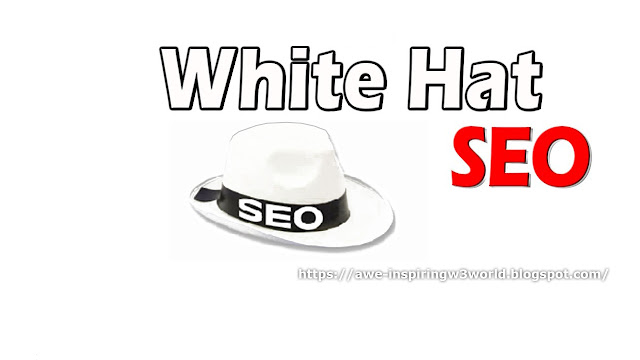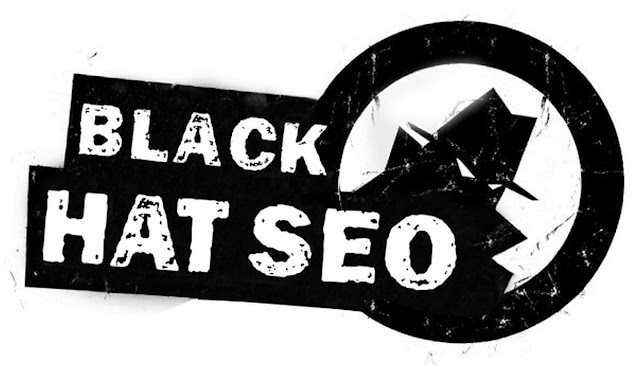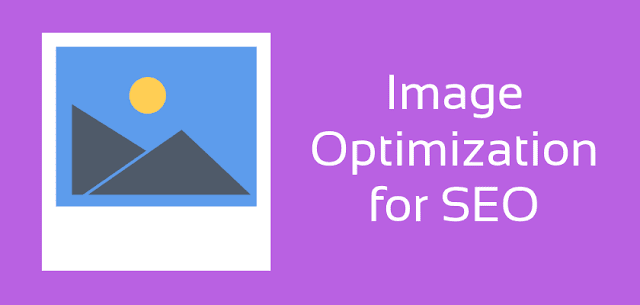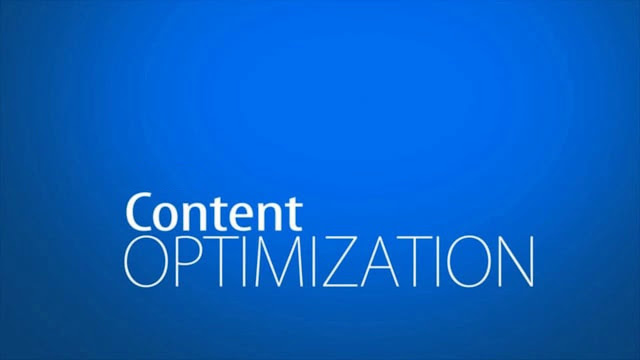White Hat SEO -
In search engine optimization (SEO) language, white hat SEO refers to the usage of
optimization approach, techniques and tactics that focus on a human crowd opposed to
search engines and completely pursue search engine rules and policies.For example, a
website that is optimized for search engines, still focuses on relevancy and organic
ranking is treated to be optimized using White Hat SEO practices. Some examples of
White Hat SEO techniques add using keywords and keyword analysis, backlinking, link
building to improve link demand, and writing content for human readers.White Hat
SEO is more frequently used by those who expect to make a long-term contribution
on their website. Also called Ethical SEO.
optimization approach, techniques and tactics that focus on a human crowd opposed to
search engines and completely pursue search engine rules and policies.For example, a
website that is optimized for search engines, still focuses on relevancy and organic
ranking is treated to be optimized using White Hat SEO practices. Some examples of
White Hat SEO techniques add using keywords and keyword analysis, backlinking, link
building to improve link demand, and writing content for human readers.White Hat
SEO is more frequently used by those who expect to make a long-term contribution
on their website. Also called Ethical SEO.
7 White Hat SEO Techniques to Double Traffic
1.Mobile First
I first started advertise a “mobile first” approach to SEO back in March of
2015, when I dubbed Google’s awaiting mobile update “Mobilegeddon”. The
name captured on, but the April 21, 2015, update didn’t create as big an
disaster as expected. It did, however, put everyone on attention, that mobile
was here and no longer “the future”. Those who did not heed the ominous to
go mobile will soon be grant the price.
2015, when I dubbed Google’s awaiting mobile update “Mobilegeddon”. The
name captured on, but the April 21, 2015, update didn’t create as big an
disaster as expected. It did, however, put everyone on attention, that mobile
was here and no longer “the future”. Those who did not heed the ominous to
go mobile will soon be grant the price.
2. Mobile is Local – Claim Your Business Listing
Mobile search and local search are completely intertwined. Per The Mobile
Playbook, 20% of ALL searches have local decided. Of smartphone users:
Playbook, 20% of ALL searches have local decided. Of smartphone users:
- 94% search for location advice
- 51% inspect a store
- 48% called a stock
- 29% made a investment
As Google continues to improve its capacity to deliver hyper-local results,
it is critically important to have complete and correct data in one’s Google
My Business profile. This continues to be an easy win, as less than half of
all businesses have declare their business listing.
it is critically important to have complete and correct data in one’s Google
My Business profile. This continues to be an easy win, as less than half of
all businesses have declare their business listing.
3. Focus on User Experience (UX)
Google has always animated webmasters to make their primary focus one
of providing a good user experience. As the algorithm gets “smarter”,
websites that do so are arrange to benefit the most. A good user experience
goes much broad than writing clean code.
of providing a good user experience. As the algorithm gets “smarter”,
websites that do so are arrange to benefit the most. A good user experience
goes much broad than writing clean code.
4. Keyword Research
That’s right—keyword research is still important. With Google given less
KW data all the time, two of the largest SEO tool providers, Moz and Ahrefs,
have developed and upgraded KW tools hoping to fill the void. However, the
way one goes about achieving and using the results from KW research has
replaced, thanks to RankBrain.
KW data all the time, two of the largest SEO tool providers, Moz and Ahrefs,
have developed and upgraded KW tools hoping to fill the void. However, the
way one goes about achieving and using the results from KW research has
replaced, thanks to RankBrain.
5. Have a Content Marketing Plan That’s Better Than Your Competitors
According to The Content Marketing Institute’s 2015 B2C study, only 37% of
defendant believe they are active at content marketing. Since content is one
of the top two Google ranking cause, it’s beautiful important to get it right.
Once again, this presents a huge space for those willing to spend the time
to make that happen.
defendant believe they are active at content marketing. Since content is one
of the top two Google ranking cause, it’s beautiful important to get it right.
Once again, this presents a huge space for those willing to spend the time
to make that happen.
6. Use Schema for a Competitive Edge
In 2014 (the most recent data available), Searchmetrics announced that
over a third of Google search results integrated Rich Snippets supported
by Schema, but only 0.3% of websites were making use of the
Google-approved Schema tool. I thin that percentage has improved over
that past couple of years, but the event to use Schema as a competitive
edge is still huge.
over a third of Google search results integrated Rich Snippets supported
by Schema, but only 0.3% of websites were making use of the
Google-approved Schema tool. I thin that percentage has improved over
that past couple of years, but the event to use Schema as a competitive
edge is still huge.
7. Link Building
The day may come when links are less large to rankings, but that
day hasn’t arrived yet. If you ignore one of the top two ranking cause,
you’re really doing yourself a disservice. The key is to get the good
kinds of links. Links that have importance to your site. Links that require
a human editorial review. The kinds of links that are gain.
day hasn’t arrived yet. If you ignore one of the top two ranking cause,
you’re really doing yourself a disservice. The key is to get the good
kinds of links. Links that have importance to your site. Links that require
a human editorial review. The kinds of links that are gain.

















